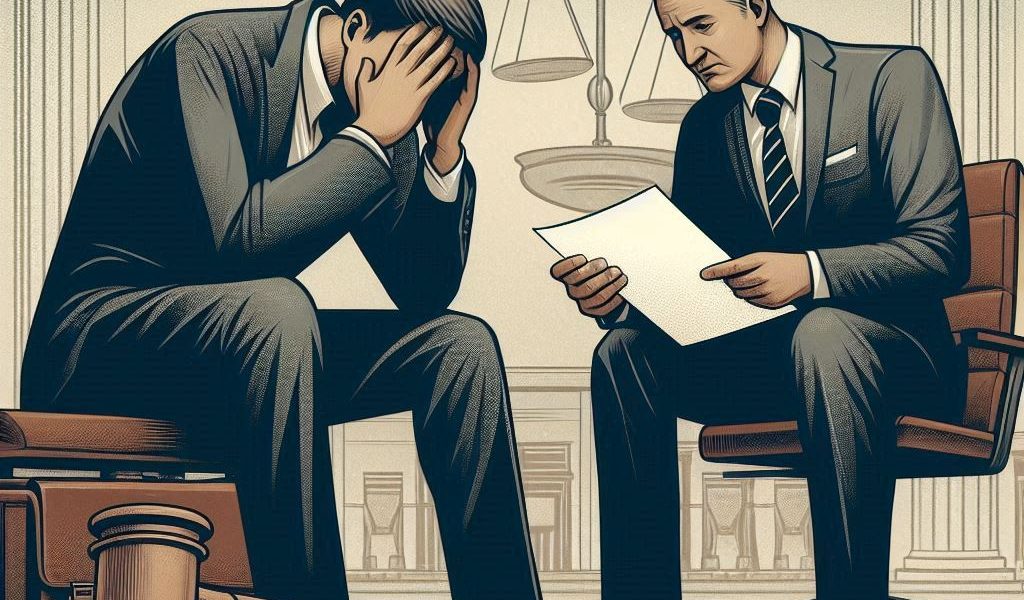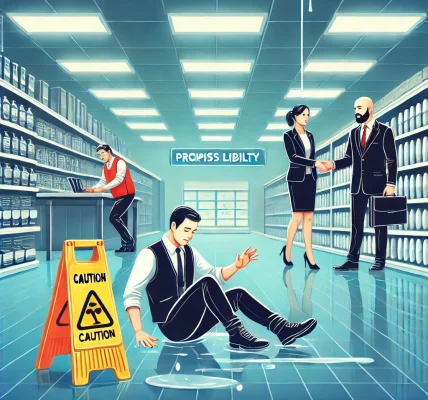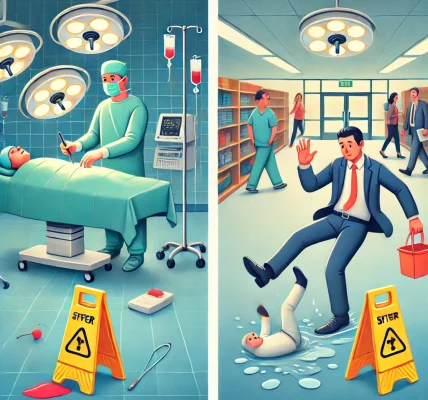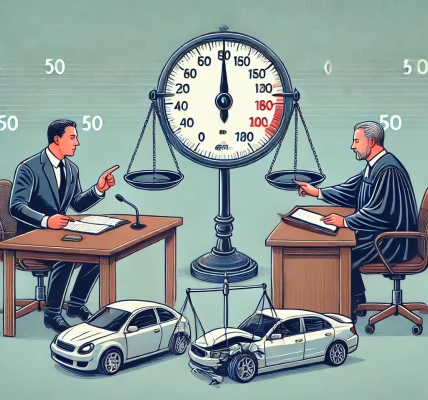When people think of personal injury claims, they often picture physical injuries such as broken bones, whiplash, or concussions. However, not all harm is visible. Emotional distress is a real and significant consequence of accidents and traumatic events. If you have suffered severe emotional anguish due to someone else’s negligence, you may be entitled to compensation.
In this article, we will discuss what emotional distress is, how it is proven in a personal injury case, the types of compensation available, and how to navigate the legal process to ensure a successful claim.
What is Emotional Distress in a Personal Injury Case?
Emotional distress refers to psychological suffering caused by a traumatic event. It may manifest as anxiety, depression, insomnia, post-traumatic stress disorder (PTSD), or other mental health issues. Unlike physical injuries, emotional distress is not always immediately visible, making it more challenging to prove in court.
Examples of Emotional Distress
- Car Accidents: Victims may develop anxiety or PTSD, making it difficult to drive again.
- Workplace Harassment or Discrimination: Long-term exposure to a toxic work environment can lead to severe emotional suffering.
- Medical Malpractice: A misdiagnosis or surgical error may result in extreme stress or trauma.
- Defamation Cases: False statements that damage a person’s reputation can cause significant mental anguish.
- Wrongful Death of a Loved One: Losing someone due to another’s negligence can result in prolonged grief and depression.
How to Prove Emotional Distress in a Personal Injury Claim
Since emotional distress is not a visible injury, proving it requires strong supporting evidence. Courts generally consider the following factors:
1. Severity of the Emotional Distress
The more severe the distress, the more likely it is to be considered a valid claim. A plaintiff experiencing severe anxiety, panic attacks, or PTSD has a stronger case than someone experiencing mild stress.
2. Duration of the Distress
A short period of emotional suffering may not qualify for compensation. Courts often look for long-term distress that significantly affects daily life.
3. Medical Evidence
Seeking professional help from a therapist, psychiatrist, or psychologist strengthens your case. Medical records, therapy sessions, and prescriptions for anxiety or depression medication can serve as proof.
4. Expert Testimony
A mental health professional can testify about your condition and its impact on your life. Their expert opinion can add credibility to your claim.
5. Witness Statements
Testimonies from family, friends, or co-workers who have observed changes in your behavior can help establish the extent of your emotional distress.
6. Personal Journal or Diary
Keeping a record of your emotional state, including anxiety attacks, nightmares, or other symptoms, can serve as valuable evidence.
Types of Compensation for Emotional Distress
Victims of emotional distress can pursue compensation under two main categories:
1. Economic Damages
These are tangible financial losses associated with emotional distress, including:
- Medical bills for therapy or psychiatric treatment
- Lost wages due to inability to work
- Cost of medications for anxiety, depression, or PTSD
2. Non-Economic Damages
These damages compensate for subjective losses, such as:
- Pain and suffering
- Loss of enjoyment of life
- Mental anguish
- Emotional trauma
Can You File a Claim for Emotional Distress Without Physical Injury?
Yes, it is possible to file a claim for emotional distress even without physical injuries, though it can be more challenging to prove. Some states allow standalone emotional distress claims under the Intentional Infliction of Emotional Distress (IIED) or Negligent Infliction of Emotional Distress (NIED) doctrines. These claims require strong evidence that the defendant’s actions directly caused significant emotional suffering.
Steps to File a Personal Injury Claim for Emotional Distress
1. Consult a Personal Injury Lawyer
An experienced attorney can evaluate your case, guide you through legal requirements, and help gather the necessary evidence.
2. Seek Medical Treatment
Seeing a psychologist, therapist, or psychiatrist not only helps with recovery but also creates medical records that support your claim.
3. Document Your Distress
Maintain records of symptoms, therapy sessions, prescriptions, and any lifestyle changes resulting from the distress.
4. File a Lawsuit or Insurance Claim
Your lawyer will determine whether to negotiate with an insurance company or file a lawsuit directly against the responsible party.
5. Negotiate or Go to Trial
Most cases settle outside of court, but if necessary, your lawyer will take your case to trial to seek fair compensation.
Conclusion
Emotional distress is a legitimate and compensable form of injury in personal injury cases. Whether caused by a car accident, medical malpractice, or workplace harassment, victims deserve fair compensation for their suffering. However, proving emotional distress requires solid evidence, expert testimony, and legal expertise. If you believe you have suffered emotional distress due to someone else’s negligence, consulting an experienced personal injury lawyer is crucial to ensuring a successful claim.




